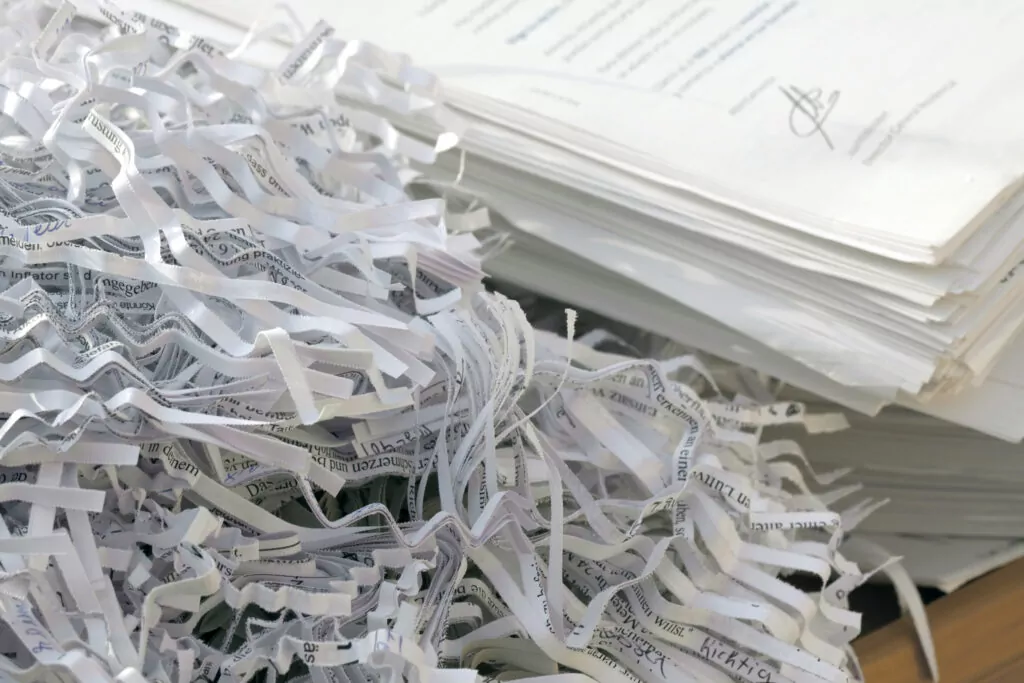Gone Phishing?
It could lead to disastrous results. According to Symantec’s 2018 Internet Security Threat Report (ISTR), the average user receives 16 malicious spam emails or phishing attempts per month. Over the course of the year, that’s nearly 200 chances to accidentally give away a password, pin number, or some other personally identifiable information.
While in no way comprehensive, this list of five things to watch can help you recognize a phishing attempt.
1. Check the actual sender email (not just the name):
Many times, the sender name or company will appear to be someone you know, trust, and/or do business with. However, if the actual sender email address is from a different domain, it is most likely a fraudulent email. If this is the case, do not respond, but report to your IT Security company.
2. Check for grammar and punctuation errors:
If there are any punctuation or grammar errors, beware! If the email sender claims to be someone you know, also ensure the tone matches the typical email. If it doesn’t sound like the person typically does, do not reply or click.
3. Never give out sensitive information.
Oftentimes phishing emails will take you to a website and ask you to enter a password, PIN number, or other information. Do not enter any information when going to a hyperlink. When in doubt, type in the company’s actual website independently (instead of clicking through).
4. Never trust an unsolicited attachment.
If you are not anticipating an attachment from a person or company, be on high alert. Typically, “mass” emails or newsletters will not include attachments but rather send you to a website to download a whitepaper or other type of research. When in doubt, go to the company’s website independently to find what they’re claiming to send.
5. Trust your gut.
Even if all the above checks out, but something feels off, trust that feeling. If you know the (alleged) sender, don’t be afraid to pick up the phone and call to ensure the email is legitimate. People will be glad to know and can alert others to the scam as well.
In this fast-paced world, many of us are oftentimes in such a hurry, we don’t stop and think. And phishing emails take a “spray and pray” approach. All it takes is one careless move to cause a huge breach. According to Valimail’s Spring 2019 Email Fraud Landscape report, 3.4 billion fake emails are sent each day! So preach awareness and caution to both your employees and clients.



